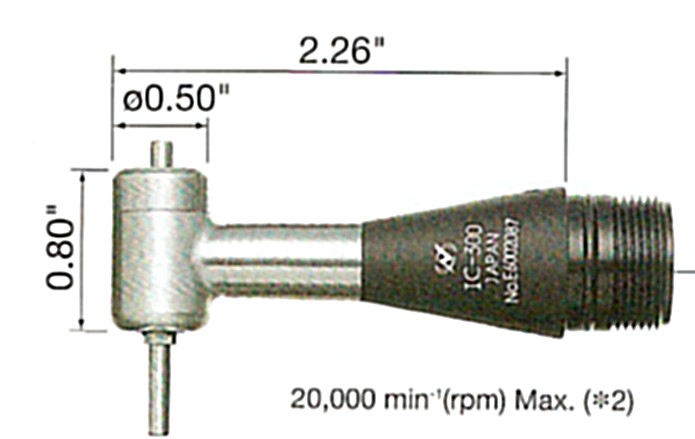
This very considerable pressure rise can be seen on the graph below, it rises far above atmospheric pressure.
#TWO STROKE PORTING KIT FULL#
The runner entrance continues to flow at full speed, forcing the pressure to rise until the signal reaches the entrance. The closing valve causes a buildup of pressure that travels up the runner as a positive wave. Up until that point all that can happen is the higher pressure gas filling the volume of the runner decompresses or expands into the low-pressure region advancing up the runner.Ĭonversely, the closing of the valve does not immediately stop flow at the runner entrance, which continues completely unaffected until the signal that the valve closed reaches it. It is only then that the entire runner can begin to flow. The air at the runner entrance does not move until the wave reaches all the way to the end. All the air on the upstream side of the moving disturbance boundary is completely isolated and unaffected by what happens on the downstream side. When the valve opens, the air doesn’t flow in, it decompresses into the low-pressure region below it. Of course cam profiles, engine rpm, engine height constraints and other limitations play a role in this difference as well, but the difference in port design is a major factor. Formula 1 four-valve/cylinder engines typically achieve BMEP values of 220 psi. It is close to the limit for a naturally aspirated gas-burning engine. In fact a BMEP of 238 puts it near the top of the racing engine world.

#TWO STROKE PORTING KIT PRO#
Since BMEP is an excellent efficiency measure and closely related to volumetric efficiency, the aftermarket Pro Stock head is vastly better than the stock Ford. This aftermarket racing GM Pro Stock head was capable of 1300 rpm with a BMEP of 238 psi. Contrast this with the Pro Stock ports shown below. The Ford two-liter shown above in stock trim was capable of delivering 115 rpm for a BMEP of 136 psi. For major modifications the ports must be welded up or similarly built up to add material where none existed. When a modification is decided upon through careful flow testing with an air flow bench, the original port wall material can be carefully reshaped by hand with die grinders or by numerically controlled milling machines. Pumping it is a major problem for engines running at speed, so head porting helps to alleviate this. In that context, air can be thought of as thick, sticky, elastic, gooey and heavy (see viscosity).

However, an engine running at high speed experiences a totally different substance.

This process can be applied to a standard racing engine to optimize its power output as well as to a production engine to turn it into a racing engine, to enhance its power output for daily use or to alter its power output characteristics to suit a particular application.ĭaily human experience with air gives the impression that air is light and nearly non-existent as we move slowly through it. More than any other single factor, the porting process is responsible for the high power output of modern engines. Porting the heads provides the finely detailed attention required to bring the engine to the highest level of efficiency. Cylinder heads, as manufactured, are usually suboptimal due to design and manufacturing constraints. Cylinder head porting refers to the process of modifying the intake and exhaust ports of an internal combustion engine to improve the quality and quantity of the air flow.


 0 kommentar(er)
0 kommentar(er)
